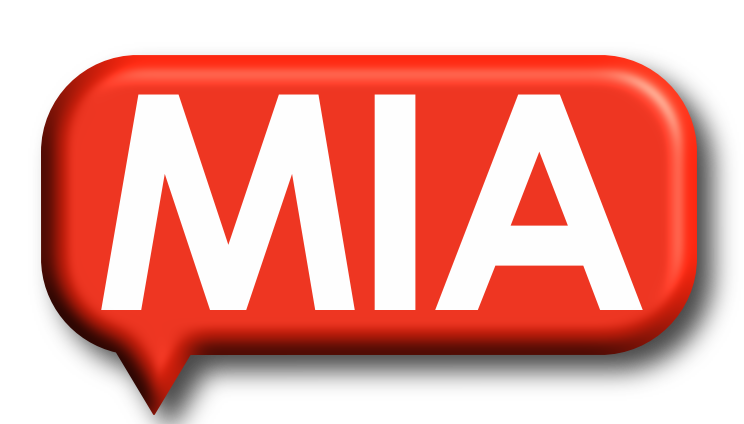Trusted platform, secured by
Cutting Equipment For Sale
Buy new and used Cutting Equipment
TRUSTED PLATFORM POWERED BY
Official partner by Antbuildz.com
Secure your purchase with Antbuildz Purchase Warranty and get one year of free all-risk insurance when buying from a Verified Partner. (T&Cs apply)
No Equipment Found
It appears that the categories may be fully sold out at the moment. However, the Antbuildz team has strong connections with suppliers across South East Asia. Please feel free to drop us a message in the inbox, and we will gladly assist you in addressing your equipment needs
Singapore
Malaysia
Explore equipment from other categories
new
3.5/5
Partner's Rating
Star ratings are provided to reflect the owner’s equipment quality, breakdown respond time, delivery/collection punctuality and communication promptness.
Singapore Mainland
USD37.57
SGD50
Rated Input
1180 Watt
Maximum Cutting Depth
50 mm
Equipment Weight
2.1 KG
Explore More Items!
Buy new or used Cutting Equipment equipment at the best prices across Southeast Asia, including Singapore, Malaysia, Indonesia, Thailand, the Philippines, Vietnam, and more. Instantly compare all available units—new or used—on Antbuildz.com for the best deals in the region. Purchase with confidence and enjoy free 1-year all-risk insurance on every equipment purchase
About Cutting Equipment :
1. What is Cutting Equipment?
Cutting equipment refers to a wide range of tools and machines used for cutting materials into desired shapes or sizes. These tools are commonly used in industries such as construction, manufacturing, metalworking, automotive, and woodworking. Cutting equipment can be powered manually, electrically, or pneumatically, depending on the material to be cut and the complexity of the job. Types of Cutting Equipment:
- Hand Tools: Manual tools like saws, chisels, and hacksaws for cutting various materials such as wood, metal, and plastic.
- Power Tools: Electric-powered cutting tools like angle grinders, circular saws, and cutting torches for more intensive tasks.
- Industrial Machinery: Large-scale equipment used for high-volume cutting, such as laser cutters, plasma cutters, waterjet cutters, and CNC cutting machines.
- Specialized Equipment: For specific applications like tile cutters, pipe cutters, and glass cutters.
Applications:
- Metal Cutting: Sawing, shearing, and grinding metals for construction, fabrication, and manufacturing.
- Wood Cutting: Saws and cutting tools used for precision woodworking and furniture production.
- Plastic Cutting: Tools designed for cutting different types of plastics used in packaging, electronics, and automotive industries.
- Stone and Concrete Cutting: Diamond blade saws and specialized tools used for cutting concrete, stone, and masonry.
- Food Processing: Machines and tools used for cutting and portioning food products in the food industry.
2. Why Rent or Buy Cutting Equipment?
Benefits of Renting Cutting Equipment
- Lower Initial Investment: Renting cutting equipment eliminates the high upfront costs associated with purchasing new machinery, making it ideal for short-term projects or occasional use.
- Flexible Terms: You can rent equipment for a specific period (daily, weekly, or monthly), allowing you to adjust to project timelines without the need for long-term commitment.
- Access to High-End Equipment: Renting gives you access to the latest cutting technology and high-performance machines without having to invest in expensive purchases.
- No Maintenance Worries: Rental companies handle maintenance, repairs, and service, ensuring the equipment is always in optimal condition and ready for use.
- Storage & Transport Savings: Renting means you won’t have to worry about storing the equipment when it’s not in use or transporting it to job sites.
Ideal for businesses with infrequent or specialized cutting needs, such as contractors working on short-term construction projects or one-time events.
Benefits of Buying Cutting Equipment
- Long-Term Cost Savings: If you have ongoing or frequent cutting requirements, purchasing equipment is more cost-effective in the long run compared to repeated rentals.
- Availability on Demand: Owning the equipment means you have it on hand whenever you need it, saving you time and rental fees for urgent or recurring tasks.
- Customization & Control: When you buy, you can choose the equipment that meets your specific needs in terms of size, capacity, and features. You’ll also have complete control over maintenance and usage.
- Asset Ownership: A purchased cutting machine becomes a valuable asset for your business. Over time, it provides a return on investment by increasing your operational capabilities.
- Increased Efficiency: Having your own cutting equipment ensures that you can standardize operations and improve efficiency, as your team becomes familiar with the machinery.
Best for businesses or industries that rely on cutting for day-to-day operations, such as manufacturing plants, workshops, or fabrication shops.
3. How to Choose Cutting Equipment?
Selecting the right cutting equipment is crucial for ensuring precision, efficiency, and safety during operations. Here's how to choose the best tool or machine for your specific needs.
- Material to Be Cut: The type of material you plan to cut (metal, wood, plastic, stone, etc.) will determine the type of cutting equipment you need. For example, metal cutting requires tools with specific features like plasma cutters or laser cutters, while wood cutting needs circular saws or band saws.
- Cutting Capacity: Consider the thickness and dimensions of the material being cut. Ensure the cutting equipment has the required cutting depth or cutting width for your materials.
- Power Source: Choose equipment based on the required power: manual tools are suitable for light tasks, while electric or pneumatic tools are ideal for heavier-duty cutting. For industrial purposes, CNC machines or laser cutters might be necessary.
- Precision and Speed: If you require high precision and speed, consider CNC cutting machines, laser cutters, or waterjet cutters. These tools provide intricate and high-speed cutting capabilities for complex designs.
- Safety Features: Ensure the equipment includes built-in safety features like emergency shut-off, guards, and dust or fume extraction to protect both operators and the surrounding environment.
- Portability: If you need to move the equipment to various job sites, consider portable cutting equipment like portable band saws, angle grinders, or table saws.
- Ease of Use: Choose equipment that is easy to operate, with ergonomic designs and user-friendly controls. Additionally, consider training requirements for operators.
- Maintenance & Durability: Look for equipment with a long lifespan and easy-to-maintain components. Regular maintenance ensures the tools remain in optimal working condition, reducing downtime and repair costs.
- Cost vs. Benefit: Compare the initial cost of the equipment with its features, benefits, and long-term operating costs. Consider return on investment (ROI) based on your business needs and frequency of use.





































 Menara MBMR, 1 Jalan Syed Putra , 3-03a, 58000 KL , Malaysia
Menara MBMR, 1 Jalan Syed Putra , 3-03a, 58000 KL , Malaysia







